‘Spine-tingling’ stories in the ‘blood-curdling’ British Library
Explore some spine-chilling gothic stories in the British Library’s Printed Heritage Collections.
29 October 2025Explore some spine-chilling gothic stories in the British Library’s Printed Heritage Collections.
29 October 2025Blog series English and Drama blog
The run-up to Halloween is the perfect time to explore some spine-chilling gothic stories in the British Library’s Printed Heritage Collections.
From the first edition of Horace Walpole’s The Castle of Otranto, the first gothic novel ever published, to sensational penny dreadful stories, gothic is an expansive genre full of horror and the supernatural that began in the 18th century and is still popular today.
A thrilling blend of medievalism, the supernatural, horror and imminent death, The Castle of Otranto was published in 1764. It was published anonymously, and it claimed to be an authentic, re-discovered medieval story. Horace Walpole revealed himself as its author with the printing of the second edition. The British Library holds Walpole’s own personal copy of The Castle of Otranto.
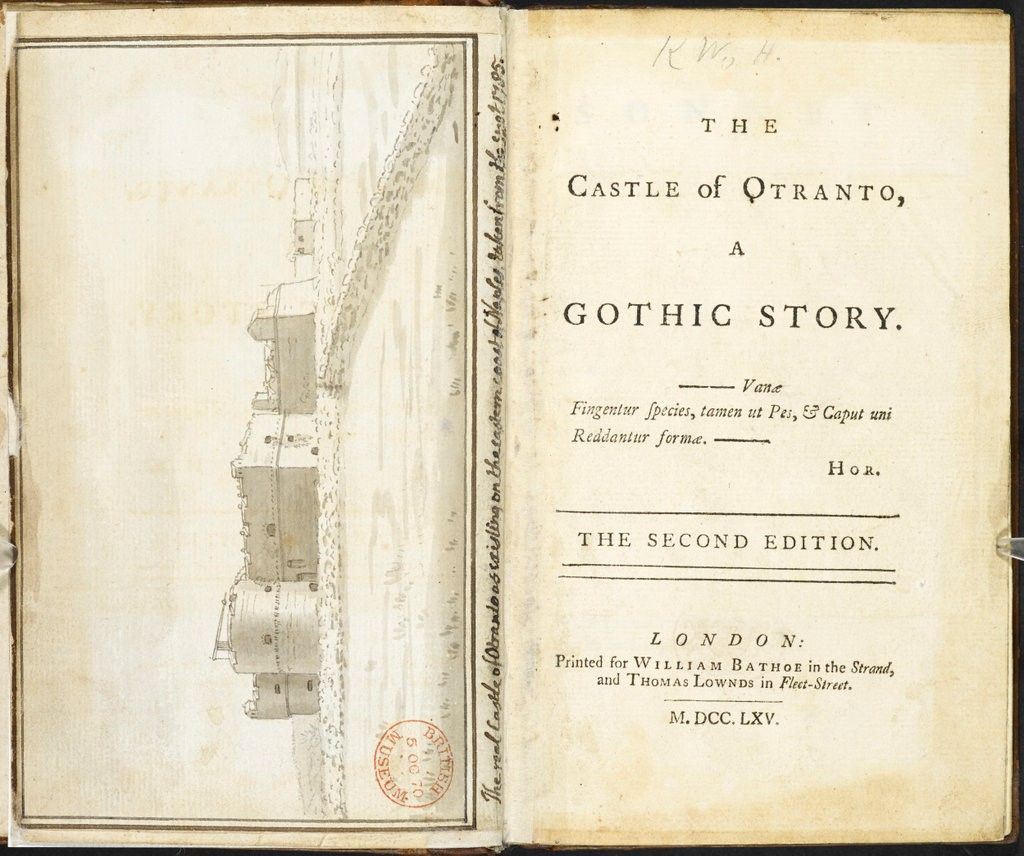
Walpole, Horace. The Castle of Otranto, a Gothic Story, 1765 [with manuscript notes by the author]. C.40.c.24
Mary Shelley published Frankenstein in 1818. She hoped that her classic gothic horror story would make the reader 'dread to look around, [...] curdle the blood, and quicken the beatings of the heart' and it definitely does that. It tells the story of a young scientist who creates a living creature through unorthodox and avant-garde scientific methods.
In typical gothic fashion, Frankenstein spent two years constructing the monster’s body using raw materials supplied by 'the dissecting room and the slaughter-house'. Today, Frankenstein is considered one of the most influential English novels ever written.
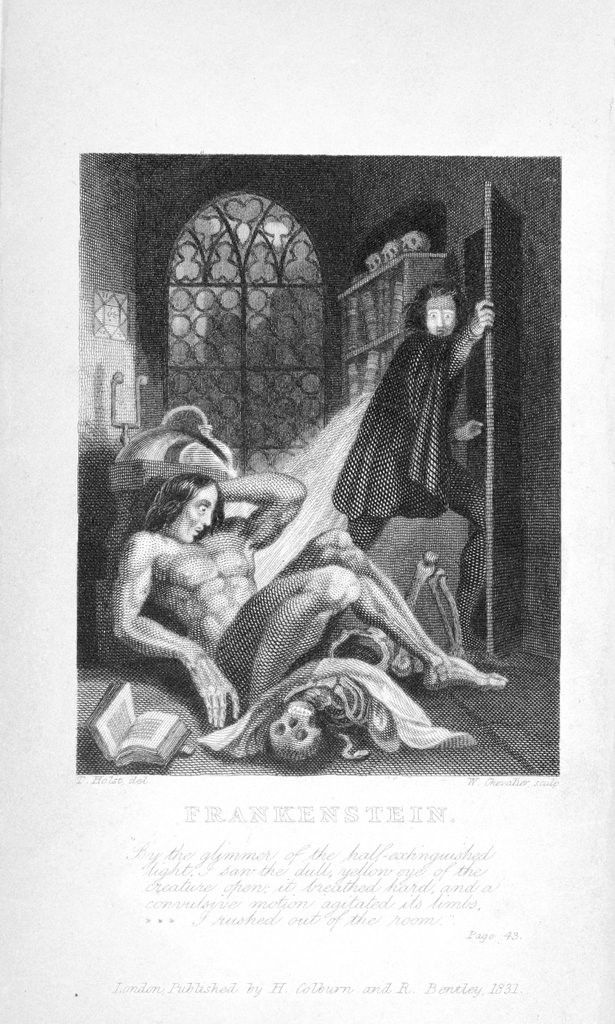
Shelley, Mary. Frankenstein, or the Modern Prometheus, 1831. 1153.a.9(1)
The British Library also has a fantastic collection of Victorian penny dreadfuls. These were incredibly popular cheap, sensational stories that were serialised and sold in weekly parts for a penny apiece. They were full of crime, blood and gore, ghosts, pirates, highwaymen and more.
Part of their appeal were their lurid illustrations and cliffhanger endings. Their readership is conventionally described as working class and, while this is undoubtedly true, they had a much wider appeal.
Barry Ono, a stage performer, donated his collection of penny dreadfuls to the British Museum in 1948 and it contains treasures like the first appearance of the infamous Sweeney Todd, the ‘Demon Barber’ of Fleet Street. He notoriously killed his clients so his neighbour, Mrs Lovett, could bake them into meat pies. The String of Pearls; or, The Barber of Fleet Street was first published in anonymously in 1850.
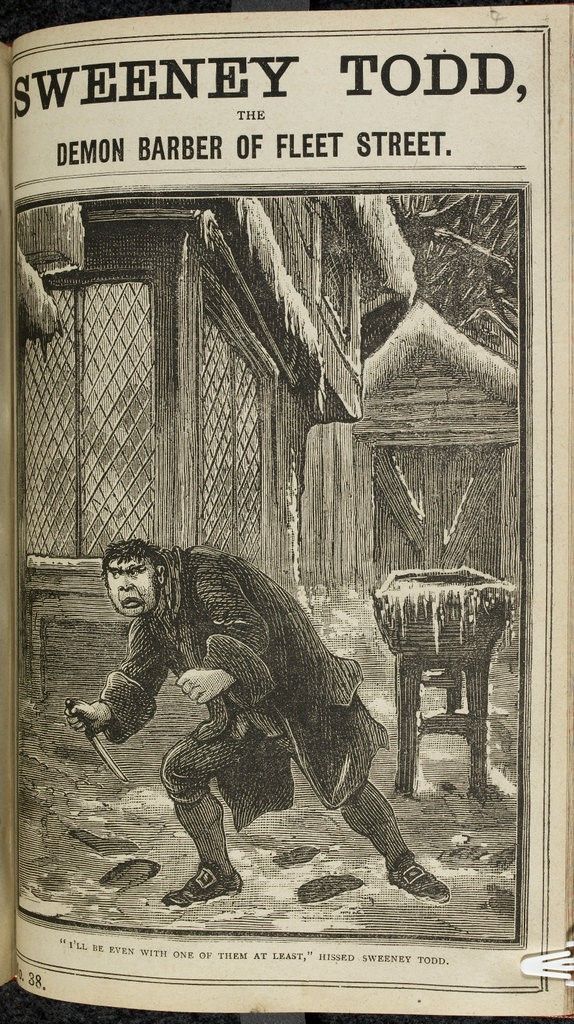
Sweeney Todd, the Demon Barber of Fleet Street. London: Charles Fox, 1880. C.140.d.7
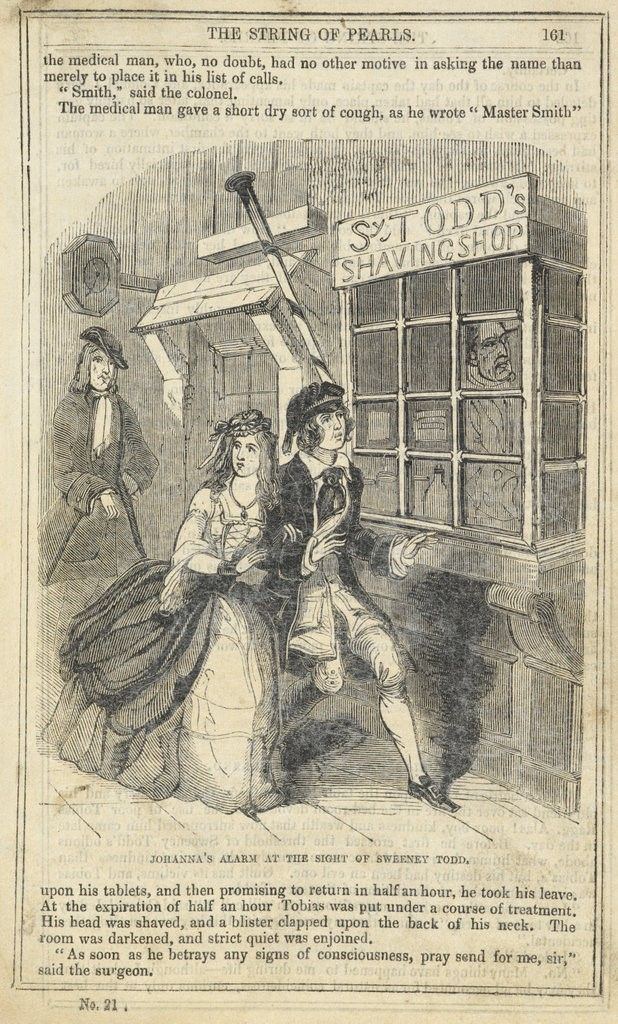
The String of Pearls; or The Barber of Fleet Street. London, [1850]. C.140.d.6
Elsewhere in the British Library’s collection we have the penny dreadful Varney the Vampyre; or, The Feast of Blood – a classic and sensational vampire story published about 50 years before Bram Stoker’s Dracula. It came out between 1845 and 1947 and it was the first vampire story where the vampire had fangs or sharpened teeth.
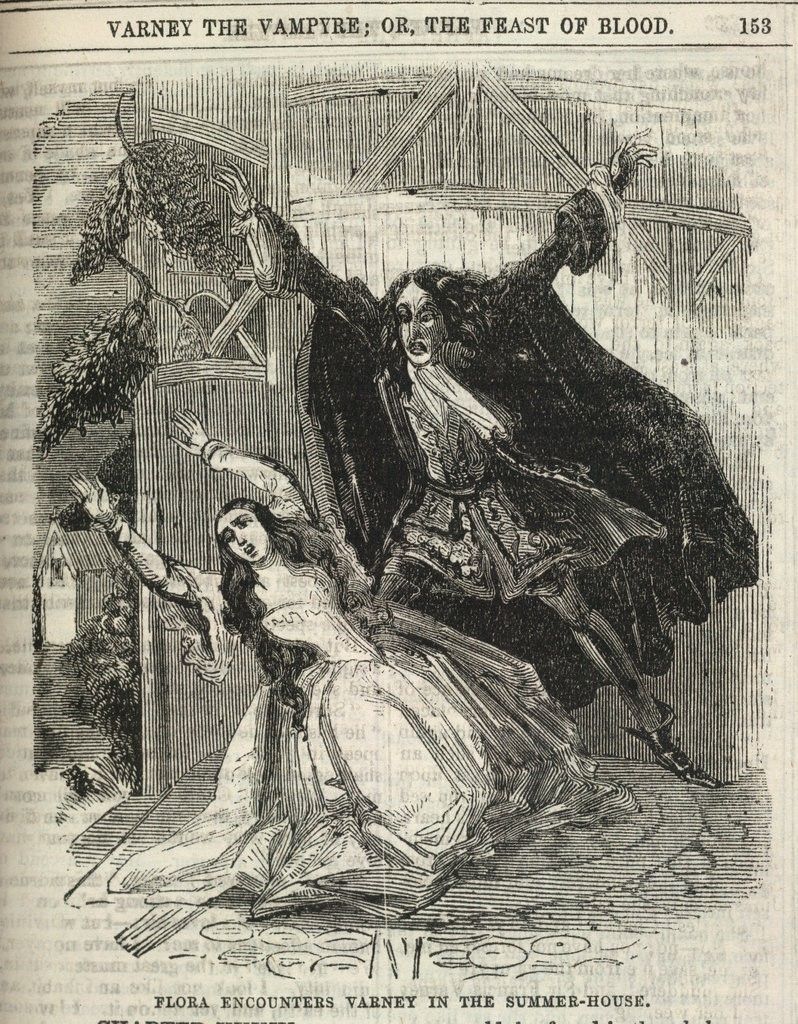
Varney the Vampyre; or, The Feast of Blood. London: E. LLoyd, 1845-47. 12624.e.6
All of these works of fiction had a profound impact on the shaping of the gothic genre but really they were just the beginning. From Charles Dickens to Gotham City, gothic novels, graphic novels, films and TV adaptations are still being enjoyed by audiences today.
Happy Halloween!

Discover more about our literature and theatre collection from the 16th century to the present day.

You can access millions of collection items for free. Including books, newspapers, maps, sound recordings, photographs, patents and stamps.